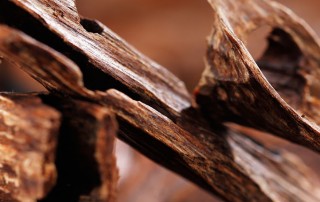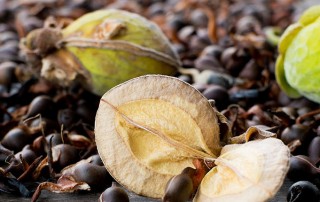Agarwood Market Demand
The consumer market for Agarwood is well developed in the Middle East and Northeast Asia where Agarwood has been used for over one thousand years. Taiwan, Singapore, Hong Kong and Bangkok are major traders of Agarwood while Thailand, Indonesia, Vietnam and Malaysia are major producers. The increasing scarcity of illegal forest Agarwood makes plantation grown Agarwood much sought after to meet global demand. Taiwan has long been a major trader in Agarwood for both medicinal and cultural uses. According to official records, 6,843 tonnes of unprocessed Agarwood was imported to Taiwan in the ten years to 2003. Prices of Agarwood for [...]




